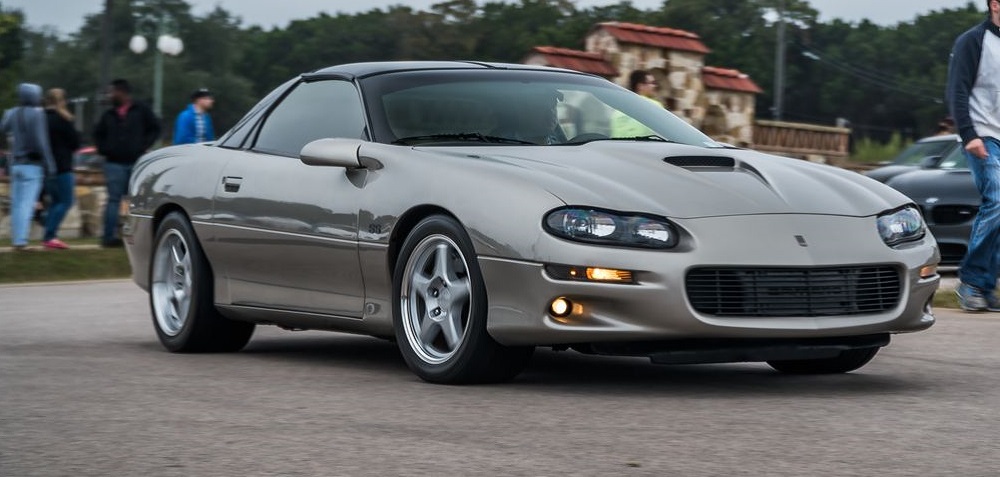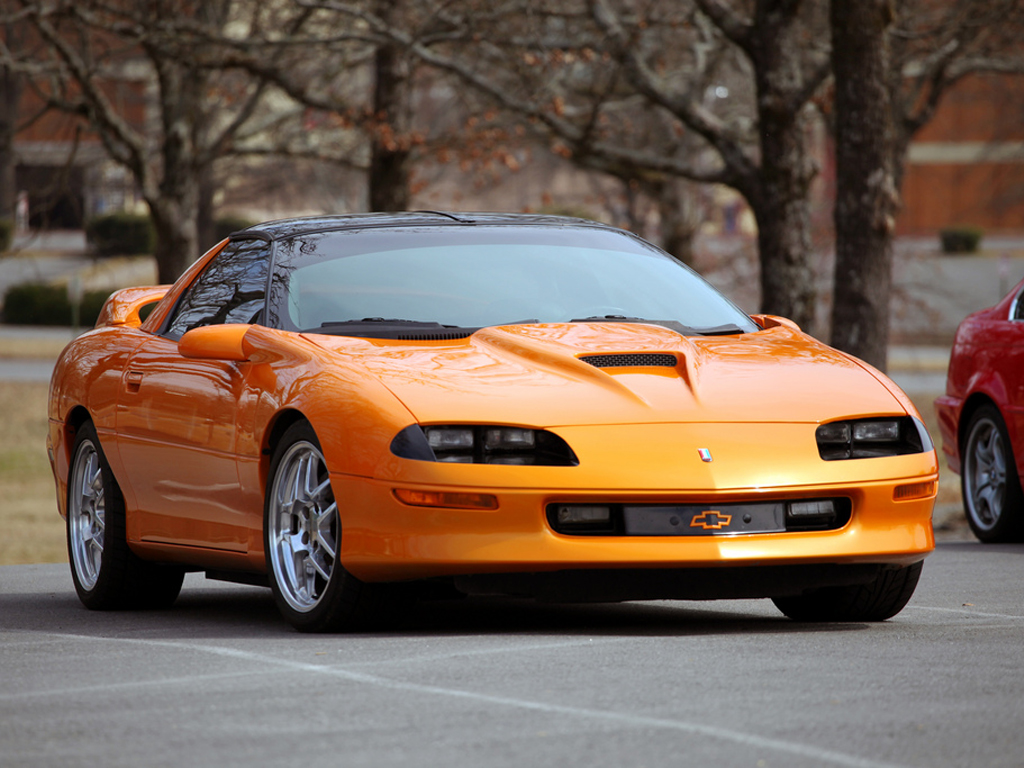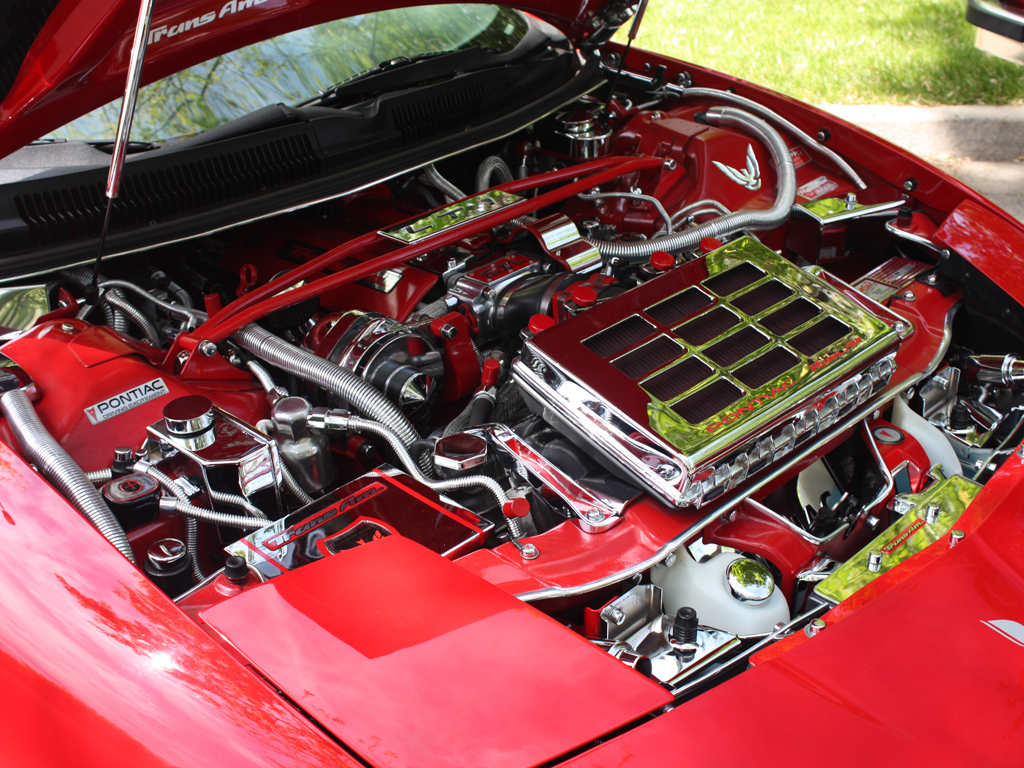‘Hot Rod’ Hails 4th-gen Camaro as ‘First Modern Muscle Car’
‘Catfish’ Camaro made a number of significant tech leaps leading Detroit into a new era of automotive performance.
The 4th-gen Camaro debuted in 1993. It and the Pontiac Firebird were a major leap forward for GM in the arena of performance cars. At the time, nothing was quite like it. And to this day, the automotive minds collective hail it as the first modern muscle car.
But the road to the 4th-gen Camaro was not without its problems, as shared by Hot Rod. In fact, there were many. But, those many issues turned out to be hidden gold for the suits in Detroit. They taught GM how to build the fourth-gen Camaro.
On the Decline
The ’80s were a weird time. Synthpop had taken over. Hair was bigger than a 20-something male’s ego. And American political sentiments were relatively in agreement. But in Detroit, even weirder things were happening. Muscle cars were being downsized in favor of gas savings. To boot, a lot of pushes were made for the cars to even convert to the dreaded FWD platform.
Initially, GM sought to build the Firebird and Camaro on the ill-fated GM80 platform. The platform was an utter disaster and ultimately was canceled. But the silver lining was in what GM learned through the process. Several technological leaps sprung forth and made it to the assembly line for the 4th-gen Camaro.
New Way Forward
GM Developers ultimately opted to update the third-Gen platform rather than start over. The team made use of proven tech while eliminating the problems of the platform. The boys at GM also made sure to keep production frugal. All of this in an effort to recoup some of the lost money in the GM80 disaster.
First, GM elected to keep engine options very light. This, in effect, allowed the team to scale massively, avoiding excessive production costs. In 1994, we also saw a new mandate for side airbags coming, so to avoid costly re-tooling for a one-off model, the fourth-gen Camaro received them from the get-go. GM also decided to keep the Camaro and Firebird nearly identical in everything (F-Body platform) but looks. Their respective brands essentially only had to play with chassis and suspension tuning
Everything GM did was to clean up the flow of production and cut costs while delivering a solid car. And it worked.
Generation 2 GM Small Block: The First LT1 &
The production of the LT1 was a watershed moment for GM. The engine cleared the way for clear performance increases across all GM brands. While the Corvette supremacy policy very much shackled the Camaro in the ’80s, the LT1 gave the fourth-gen Camaro a much-needed breath of fresh air.
The new powerhouse featured a bevy of tech upgrades that ultimately resulted in a considerable bump in power without competing with GM’s halo car.
Later on in production, the LT1 gave birth to the fabled LS platform, which finally allowed the Camaro and Firebird to jump into the world of 300-plus horsepower.
New Tech in the 4th-gen Camaro
But the engine wasn’t the only thing upgraded in the Camaro. The fourth-gen Camaro Also came with the now legendary T56 transmission, renowned for its smooth shifting and indestructible nature.
In the ’90s, rack and pinion was the standard for performance, but Chevy was still using recirculating ball and sector-gear steering boxes–super-old tech. Consequently, GM made a fateful switch; eliminating the ancient tech helped the newly-upgraded suspension parts shine with a noticeable improvement over the preceding Camaro.
In another lesson learned from the failed GM80, GM developed the use of alternate body materials. GM was able to take advantage of sheet molded compound (SMC) to produce the distinctive curves of the ’90s, where stamping dies simply could not deliver.
Lastly, the 4-Gen Camaro saw the addition of four-wheel anti-lock disc brakes. While not as sexy as an engine upgrade, the addition was a much-needed one.
Monumental Achievement
The 4th-gen Camaro was a wild success for all intents and purposes. GM streamlined its process, delivered a new generation, and saw significant technological advancements. It’s easy to see why the platform is so loved in retrospect. It’s also easy to agree that the 4th-gen Camaro is, in fact, the first modern muscle car.
Photos: Hot Rod





